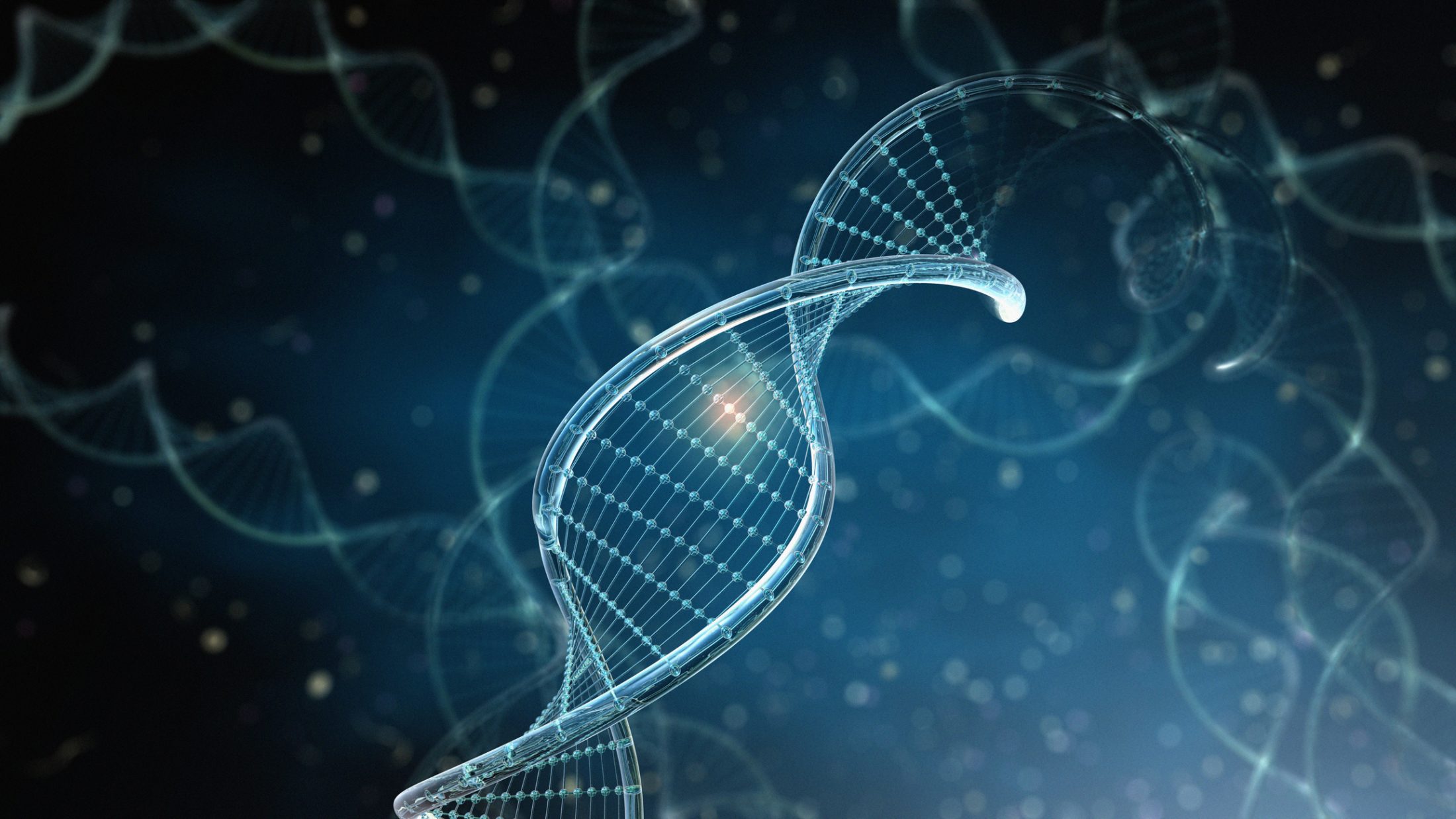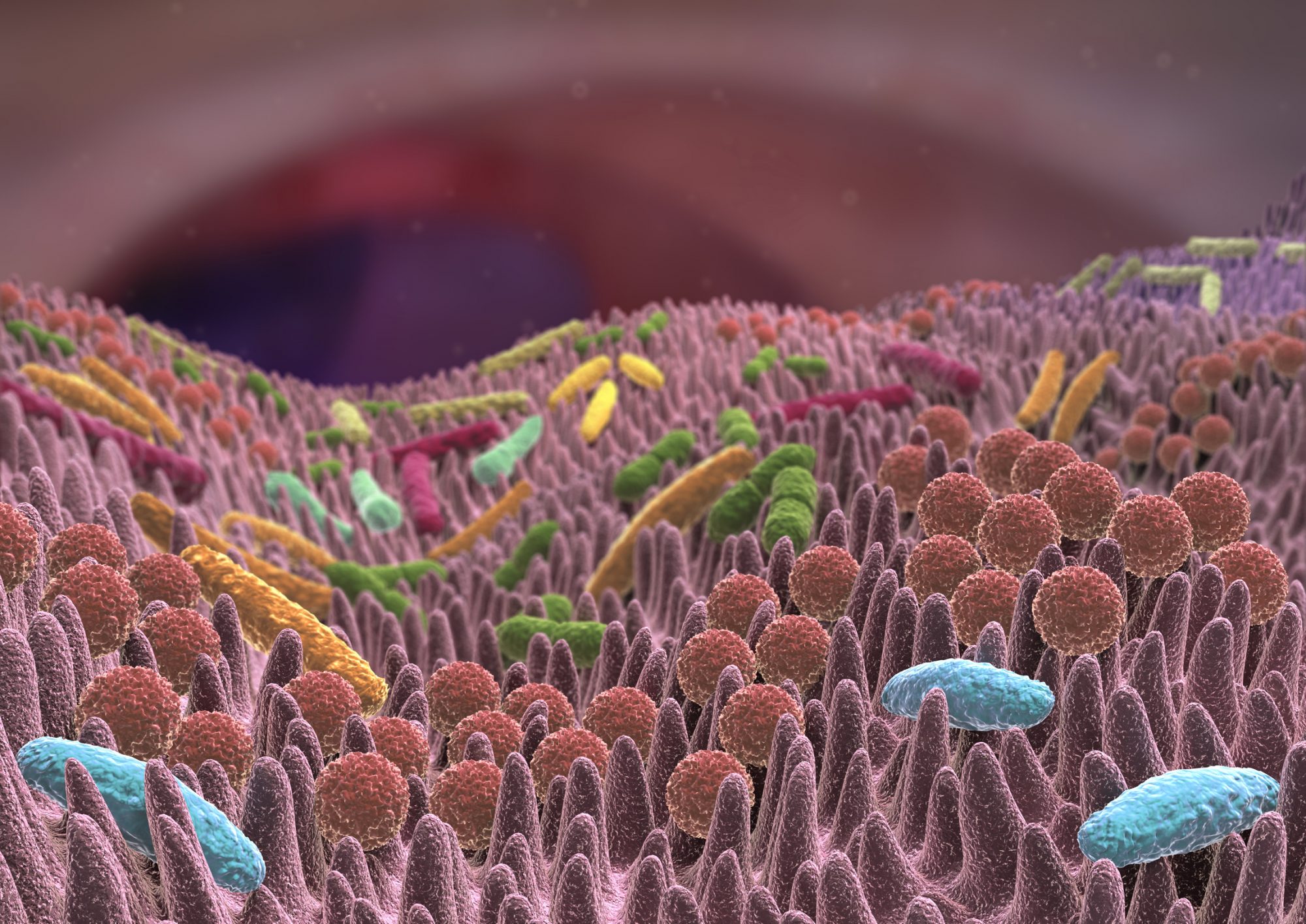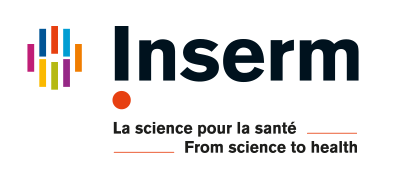Nutriomics | Nutrition and Obesities: Systemic Approaches2025-06-12T09:42:02+02:00

Nutrition and Obesities: Systemic Approaches
Laboratory headed by Prof K. Clément.For 20 years, our laboratory has been engaged in fundamental and applied research in the field of obesity and metabolic diseases.

Nutrition and Obesities: Systemic Approaches
Laboratory headed by Prof K. Clément.For 20 years, our laboratory has been engaged in fundamental and applied research in the field of obesity and metabolic diseases.

Nutrition and Obesities: Systemic Approaches
Laboratory headed by Prof K. Clément.For 20 years, our laboratory has been engaged in fundamental and applied research in the field of obesity and metabolic diseases.

Nutrition and Obesities: Systemic Approaches
Laboratory headed by Prof K. Clément.For 20 years, our laboratory has been engaged in fundamental and applied research in the field of obesity and metabolic diseases.



